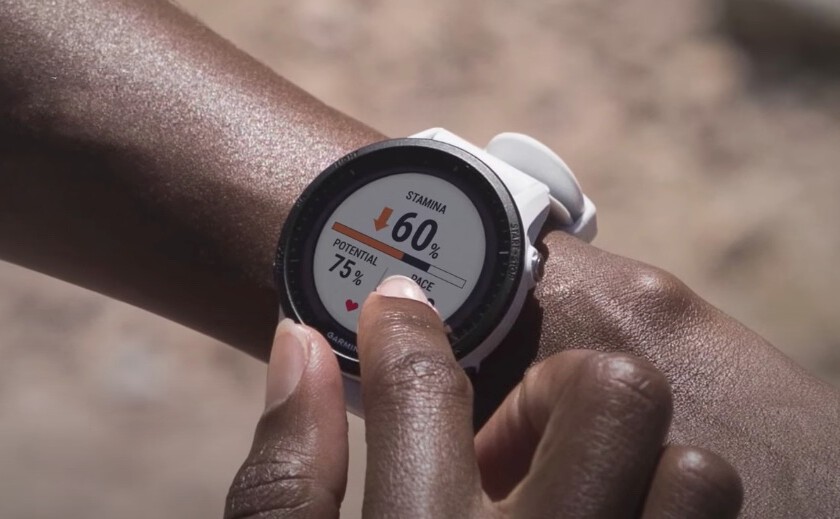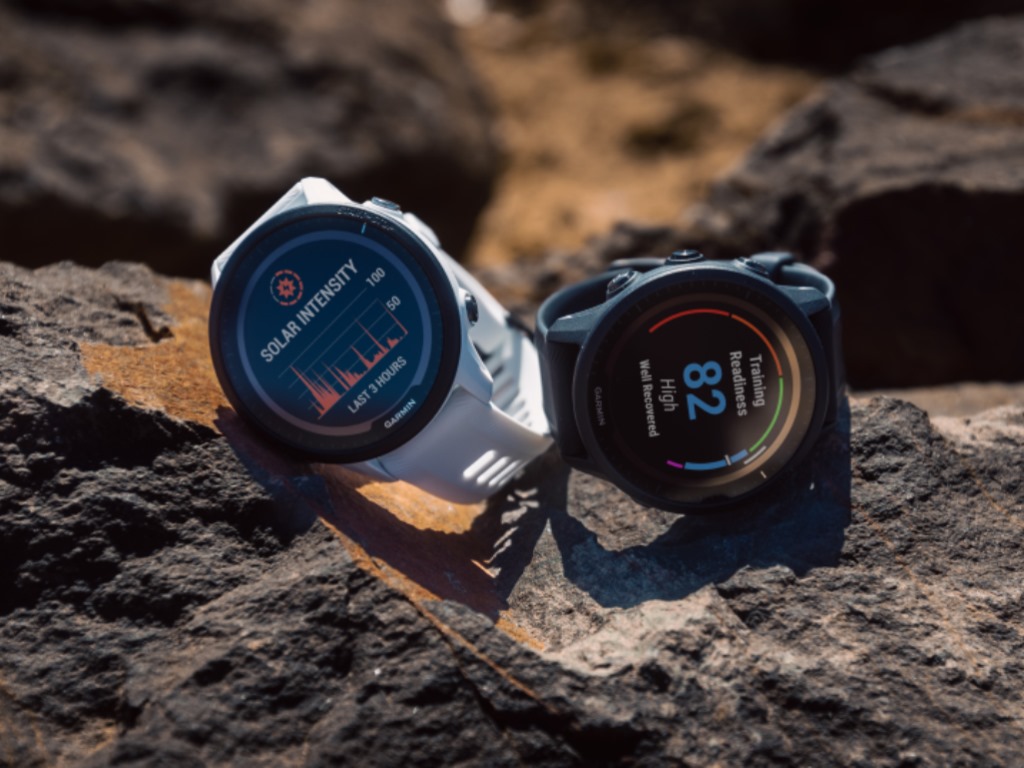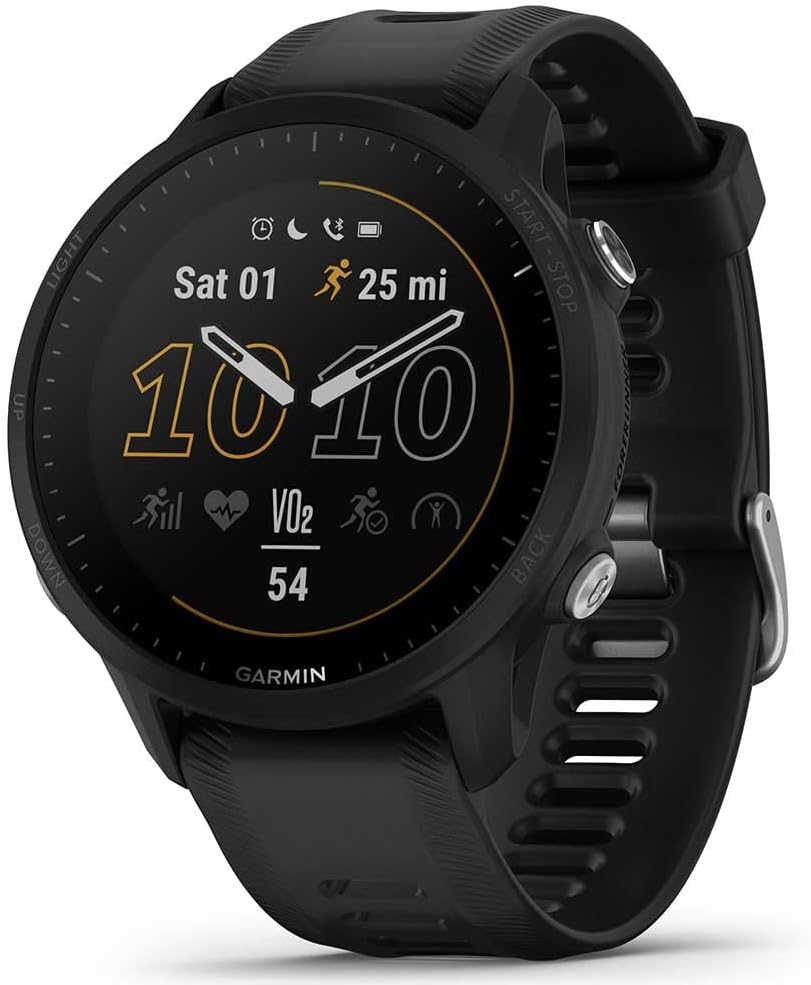There’s something oddly frustrating about being torn between two smartwatches that seem to come from different universes. You want something that looks modern, works instantly, and doesn’t feel like you’re wearing a mini-computer. But at the same time, you crave the kind of deep, sport-centric data that only a seasoned training companion can give. That’s where the Amazfit Active 2 and the Garmin Forerunner 955 enter the picture—two GPS watches chasing the same goal with very different personalities.
On one wrist, you’ve got a sleek, lightweight, almost elegant device that seems more at home in a café than on a muddy trail. On the other, a performance beast built for serious athletes who measure progress in watts, cadence, and lactate thresholds. But here’s the kicker: when we started digging into GPS and heart rate performance—the real bread and butter of these devices—the gap wasn’t nearly as wide as we expected. And that’s exactly what we’re here to unpack.
GPS lock-on and real-time tracking: closer than you’d guess

If you’ve ever stood around waiting for your watch to find a GPS signal while your warm-up turns into a mini workout, you’ll understand how critical fast satellite acquisition is. Both the Amazfit Active 2 and the Garmin Forerunner 955 managed to secure GPS lock in around 10 seconds, even in a cluttered urban setting where tall buildings usually interfere with satellite signals.
During a 7.7 km run through central London, both watches kept their signal steady, with no major dropouts or zig-zag detours across rooftops—something not all watches manage to avoid. Garmin’s mapping nailed the route at exactly 7.7 km, while Amazfit clocked it at 7.6 km, just a 100-meter difference. That’s a margin of error that wouldn’t concern most runners unless you’re analyzing every meter of your marathon prep.
Honestly, we expected the Garmin to run circles around its younger competitor here. But nope. In terms of real-world GPS usage, Amazfit holds its ground remarkably well.
Heart rate tracking: just a whisper behind
It’s easy to assume that a more affordable watch would lag behind when it comes to optical heart rate accuracy. But after putting both watches through intervals, tempo runs, and long slogs, the Amazfit Active 2 was only a beat or two off from the chest strap gold standard—which, for many, is plenty accurate.
Garmin Forerunner 955 clocked an average heart rate of 140 bpm and peaks of 162 bpm, with the kind of consistency you’d expect from a top-tier training device. And yet, Amazfit’s Active 2 showed an average of 139 bpm and a max of 160 bpm, across the same sessions. That’s not luck—that’s solid performance.
So if you’re someone who needs reliable heart rate zones to structure training—without obsessing over lab-grade accuracy—Amazfit will definitely keep you in the zone.
Workout metrics and performance insights: Garmin’s still the coach here
Now, let’s get into the real stuff. Not just how far you went or how fast you ran, but what it means. Garmin’s Forerunner 955 delivers a ridiculous amount of data, and it’s not just noise. Think VO2 max trends, training load breakdowns, aerobic vs anaerobic effects, and even performance condition analysis mid-run.
You also get recovery time recommendations, real-time stamina estimates, and power metrics—all baked in. It feels like having a coach in your pocket (or, well, on your wrist). The depth is wild.
In contrast, the Amazfit Active 2 focuses on simplicity. You still get VO2 max estimates, heart rate zone analysis, cadence, stride length… but there’s less interpretation of what the data means for your long-term fitness. The graphs are clean, readable, and look great—but they stop short of drawing deeper conclusions.
That said, not everyone wants to overanalyze every detail. For runners who just want clarity without the science lesson, Amazfit nails the basics beautifully.
Navigation and maps: Amazfit pulls a fast one

We didn’t expect this one. Amazfit Active 2 includes offline maps and turn-by-turn navigation, which is rare at this price point. And it’s not just basic breadcrumb trails—you can actually preload maps, follow a route, and get real directional prompts as you move.
Garmin, of course, still does this better, with full-color mapping, route popularity data, and easy syncing with services like Strava and Komoot. The 955 even suggests popular running paths based on your location, and lets you customize courses down to the meter.
But the fact that Amazfit even competes here is pretty impressive, and for many weekend runners or hikers, its simpler version of navigation might be more than enough.
Screen brightness vs screen space: pick your battle
Out in the bright sun, there’s no contest. Amazfit’s 1.32-inch AMOLED display hits 2,000 nits, which is… well, blinding in the best way. It’s vibrant, sharp, and easy to glance at whether you’re mid-sprint or stopped at a red light.
Garmin takes a different route. The Forerunner 955’s transflective MIP display isn’t flashy, but it’s always on and sips battery. It performs best in direct sunlight and feels more “no-nonsense.” But it lacks that wow factor—and under indoor lighting, it can look muted.
Size-wise, Garmin has the edge. With a larger screen, the Forerunner 955 presents more data fields clearly, which helps when you’re trying to monitor pace, heart rate, and distance without breaking stride. Amazfit’s smaller display looks great, but can feel cramped during workouts.
Battery and endurance: both ready for long hauls

Nobody wants to charge their watch every day, especially if you’re deep in marathon training. Here, Amazfit promises up to 10 days of regular use, including daily tracking, smart notifications, and GPS workouts here and there. And you can stretch that, especially if you tone down the brightness or disable constant heart rate monitoring.
Garmin’s Forerunner 955 can go for around two weeks in smartwatch mode, and even with heavy GPS use, it holds strong for multiple full-day activities. That’s the kind of endurance ultrarunners and backpackers live for.
So while Amazfit impresses with its stamina, Garmin still has that edge for extreme users.
Sport modes and tracking variety: quantity or quality?
Want to track fencing? Zumba? Paragliding? The Amazfit Active 2 offers over 160 sport modes, and while many are just variations on the same metrics, the sheer breadth is fun. It even auto-detects basic workouts like walking or running, which is handy for those spontaneous lunchtime jogs.
Garmin’s Forerunner 955 doesn’t match that number, but the depth of its sport modes is unmatched. Triathlon mode? Check. Open water swimming with stroke detection? Check. Strength training with rep counting and muscle load analysis? Yep.
Basically, Amazfit gives you lots of doors to walk through. Garmin takes fewer doors—but they lead to entire rooms.
Software and ecosystem: seasoned vs streamlined
Here’s where the years of experience show. Garmin Connect is massive, mature, and extremely customizable. You can set goals, follow training plans, track your gear’s mileage, and compare data over years. For data nerds, it’s paradise.
Amazfit’s Zepp app, while newer, has grown fast. It’s beautifully designed, intuitive, and shows everything from sleep stages to stress levels in a way that’s easy to digest. But it doesn’t quite reach the analytical heights of Garmin.
Still, Zepp’s simplicity is refreshing, especially if you just want to know how you slept, how far you ran, and how your heart’s doing—without needing a manual.
Design and comfort: everyday-friendly or athlete-proof?

Amazfit Active 2 looks like a smartwatch first and a sports watch second, which isn’t a bad thing. Its rounded design, vibrant display, and featherlight build mean you’ll probably want to wear it 24/7. It blends in.
Garmin’s Forerunner 955 screams performance. It’s larger, more rugged, and definitely not subtle. But it’s built to handle mud, sweat, and all kinds of punishment. If comfort is key, Amazfit wins. If resilience matters, Garmin holds its ground.
Final thoughts: when performance trumps polish
We’ll be honest—we didn’t expect to be this impressed by the Amazfit Active 2. It showed up with accurate GPS, reliable heart rate tracking, killer battery life, and even offline maps, which puts it way closer to the top-tier crowd than we thought.
But when it comes to raw performance, the Garmin Forerunner 955 still runs the show. It’s not about being flashy. It’s about the depth of training data, the integration with serious sports software, and the way it adapts to high-level training plans. This watch wasn’t made to look cool—it was made to improve your lactate threshold.
Amazfit’s getting dangerously close, though. And for everyday users, it might even be the smarter choice. But if you train like it’s your second job—or your real one—Garmin’s still the watch you trust when every second counts.
We’ll keep wearing both. But only one makes us feel ready for race day.


